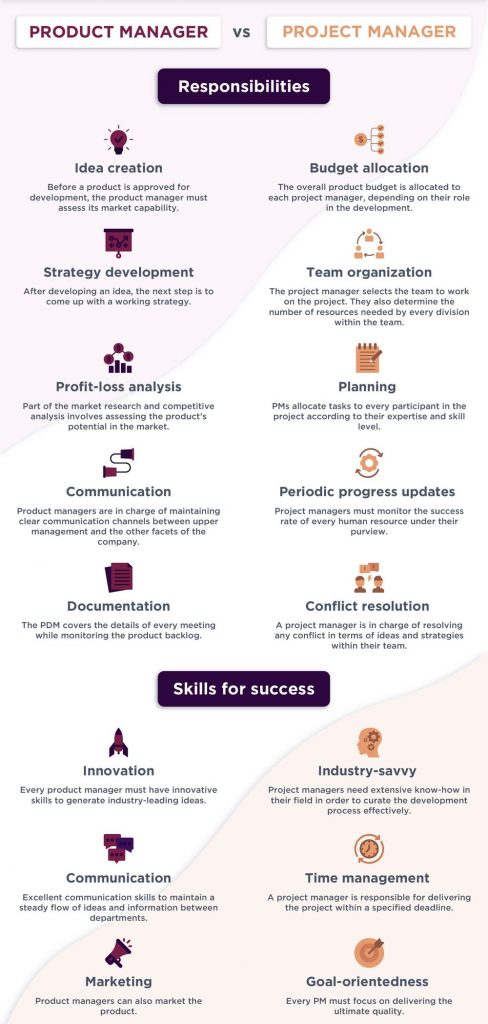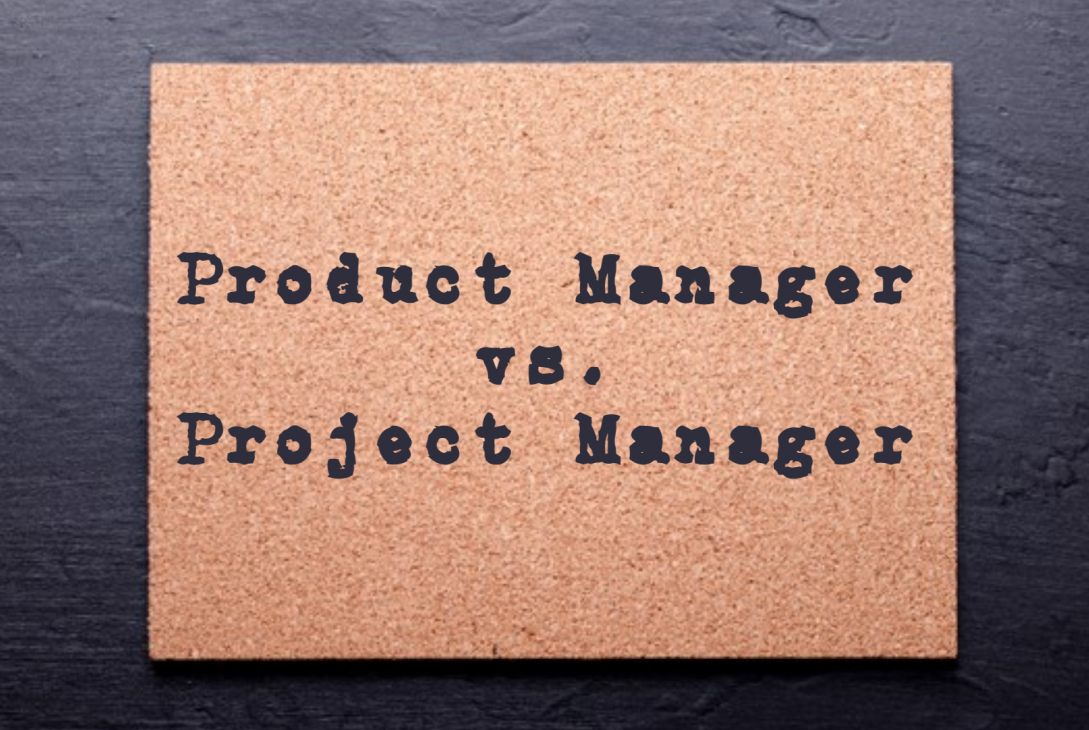Modern product development is continually evolving, requiring the introduction of new features and initiatives. Whenever a company wants to launch a new product, it must develop a strategic approach that covers the ideation and launch processes, often involving the PRODUCT MANAGER (PDM) and PROJECT MANAGER (PM).
Although both terms are often used interchangeably, there are several differentiating characteristics between the two positions. However, the divisions between the two roles are so blurred that small businesses prefer to hire one person as a manager who sees all the developments. And as a result, the results can be negative when wanting to merge the functions.
In this article we will tell you the key characteristics that differentiate each position and project management.
What is Project Management?
A project is a task intended to accomplish a specific goal or set of objectives. Projects have specific deadlines and are usually short or long term. Usually, the purpose of a project is to meet the client’s objectives. Since projects are multiple activities involving so many parties, a control system must be in place to consolidate tasks. This project management system is called PROJECT MANAGEMENT and the person in charge is a PROJET MANAGER.
In modern companies, project management covers any organizational process directly associated with the work of a project and manages some responsibilities:
- Risk assessment: analyzes the possible risks involved in the project and develops coping mechanisms to minimize them.
- Resource management: preparation of a budget, considering the human and material resources available for the project. Also, build a team and provide the right tools to ensure the success of the project.
- Determination of a scope: it involves studying the market to identify the possibility of achieving the stipulated objective on time with the available resources.
What is PRODUCT MANAGEMENT?
A product is a required object that must result at the end of any creative process. The products are created to meet the needs of customers whether it is software or hardware. Furthermore, a product is the result of a project or several projects. Therefore, there must be a management system that controls the creative process, from ideation to sales. This system is called Product Management and is supervised by a Product Manager.
Some of the functions that the Product Manager performs:
- User participation: PMs maintain constant channels of communication between the company and potential customers. They collect information about customer behavior through questionnaires and surveys.
- Roadmap: This process involves creating a roadmap to document the life cycle of the product.
- Marketing: I work together with the sales department to set up an effective marketing campaign for the product.
As in Project Management, experience in the field is needed to become a Product Manager.
PROJECT MANAGEMENT VS. PRODUCT MANAGEMENT: Responsibilities
Product Manager Responsibilities:
The role of a Product Manager is a dynamic position that involves keeping a fluid flow of ideas and resources focused on creating a product. Product Managers also serve as liaisons between the product team and the rest of the company: sales, marketing, design, and development.
Responsibilities:
- Creation of ideas: Before the development of a product is approved, the Product Manager must evaluate its market capacity, thereby starting the ideation of lucrative initiatives alone or in a team.
- Strategy Development: Develop an actionable plan that includes the product data management tools used to create a product roadmap.
- Profit and loss analysis: Part of market research and competitive analysis involves evaluating the potential of the product in the market. Proper financial evaluations will help identify the most beneficial development strategies needed when budgeting for the product.
- Communication: The Product Manager is in charge of maintaining clear communication channels between managers and the rest of the company team.
- Documentation: The PDM covers the details of each meeting while monitoring product backlog. In addition, the PDM must keep the product roadmap up to date.
Project Manager Responsibilities
The role of a PM is to ensure that his team achieves a specific objective aimed at developing a product or service.
Responsibilities
- Budget Allocation: The overall product budget is allocated to each project manager, based on their role in development.
- Team organization: The PM selects the team to work on the project. He also determines the amount of resources needed by each division within the team.
- Planning tasks: The PM assigns tasks to each participant in the project according to their experience and skills, for example: if the project involves web design, the PM will assign tasks to the front-end developers, back-end developers and analysts. In addition, he defines deadlines for tasks and makes sure that the team meets these deadlines.
- Progress Updates: PMs should monitor the success rate of each human resource under their purview. Through constant monitoring, a PM can gather information on successful strategies and identify potential areas for adjustment.
- Conflict resolution: The PM is in charge of resolving any conflict regarding ideas and strategies within his team.

Conclusion
The roles of PDMs and PMs are essential and different in every company. While start-ups can function with just one profile, the performance is not the same and larger corporations would have a hard time staying on top of the project. Therefore, it is necessary to separate the roles: the Product Manager controls the product, while the Project Manager selects service-oriented teams and projects.
#aplicaciones #development #evolbit #management #manager #software
Last modified: February 9, 2022

